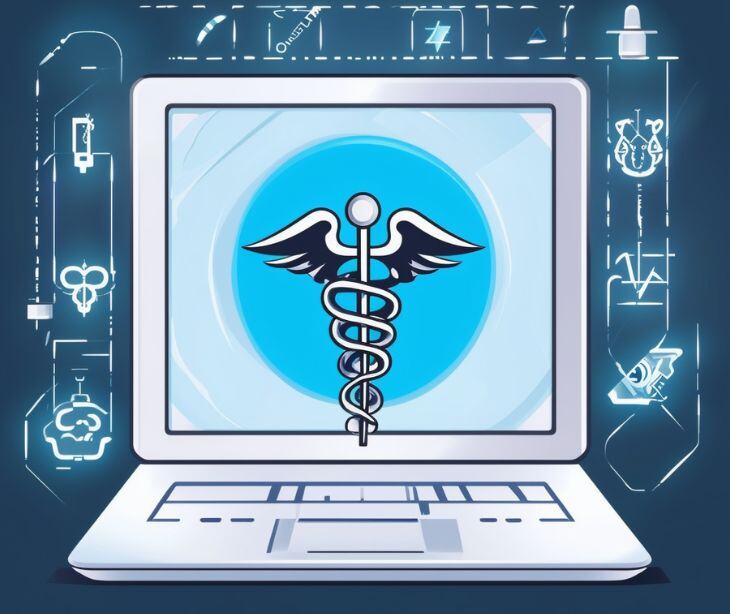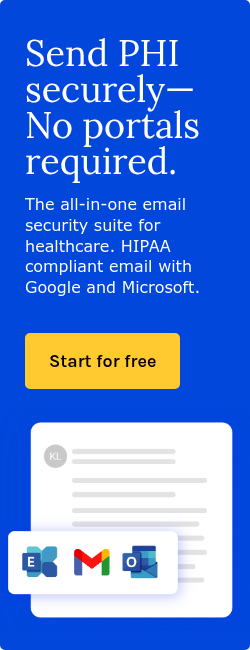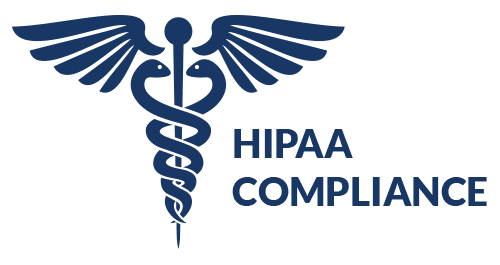4 min read
Considerations for communication management strategies in healthcare
Kapua Iao
May 05, 2025

A communication management strategy in healthcare includes much more than just a list of channels used by an organization to communicate. In healthcare, a plan must also be involved to safeguard patients’ protected health information (PHI). The Health Insurance Portability and Accountability Act (HIPAA) sets national standards that safeguard the privacy and security of PHI.
HIPAA compliance is a legal requirement that protects patients’ privacy and ultimately lets organizations focus on patient care. When considering a communication management strategy, a healthcare organization must include how it plans to safeguard patients’ information through confidentiality, encryption, access controls, and adherence to the minimum necessary standard.
A comprehensive strategy requires organizations to obtain patient authorization, use secure communication methods, and guarantee third-party security with signed business associate agreements (BAAs).
Healthcare and its communication needs
Communication in healthcare involves a direct and ongoing exchange of information between healthcare workers and other healthcare personnel, patients, and the public. Effective communication is crucial for proper patient care as it introduces an organization to others, fosters trust, and encourages active participation. Trust in a healthcare relationship lets both doctors and patients focus on patient health.
Over the past few decades, the methods and tools through which healthcare professionals communicate with each other and patients have evolved remarkably. Starting with face-to-face communication to talking over the phone, and of course the ever-present fax machine. The recent evolution of healthcare communication methods has been heavily influenced by:
- Technological advancements
- Changing patient expectations
- The need for efficient, effective, and secure communication
- Regulatory requirements
Today, communication includes email, text, social media, video calls, and so much more. Ultimately though, communication in healthcare will always center on using communication to focus on patient-centered, HIPAA compliant care.
Related: The role of communication in primary care
What is HIPAA compliant communication?
With HIPAA regulations in place to protect patient privacy, healthcare providers must choose secure, compliant communication methods. For example, the HIPAA Privacy Rule “allows covered health care providers to communicate electronically, such as through e-mail, with their patients, provided they apply reasonable safeguards when doing so.” Given this, organizations should use HIPAA compliant email platforms like Paubox to communicate quickly and securely with patients.
HIPAA compliance in communication refers to the measures and protocols that healthcare organizations and related entities must follow to ensure the confidentiality, integrity, and security of PHI when transmitted or shared. HIPAA’s Privacy and Security Rules mandate sensitive data be safeguarded from unauthorized access, ensuring that healthcare organizations take adequate precautions when handling PHI.
Ensuring HIPAA compliance in healthcare communication requires a multifaceted approach to security that involves implementing strong cyber technologies, establishing robust policies and procedures, and providing ongoing training to staff. Specific strategies include:
- Adherence to a minimum necessary standard
- Encrypting emails and text messages
- Securing phone and video conservations
- Using only HIPAA compliant messaging platforms
- Enabling strong access controls (e.g., passwords)
- Utilizing regular security audits
Learn about: How the HIPAA Omnibus Rule impacts communication practices
So what is a communication management strategy?
A communication management strategy in healthcare defines several things for a healthcare organization and is ultimately centered on best communication practices. The idea is to use secure, diverse platforms to deliver messages effectively to different audiences. Subjects should identify how an organization communicates, who needs access to what information, and how the information should be delivered, including how frequently.
Elements should incorporate communication procedures, tools, and techniques and the roles and responsibilities of staff. Furthermore, it should include specific HIPAA compliance security strategies that block a data breach and lay out a plan when one does occur. A well-thought-out strategy ensures clear and consistent communication to support proper patient care.
Ensuring patient trust and privacy is integral to a HIPAA compliant communication strategy across all communication methods. Upholding confidentiality builds trust and strengthens the patient-provider relationship.
Risks of not using a communication management strategy
Not using a communication management strategy in healthcare can lead to uncompliant communication and PHI being accessed by cyberattackers. Threat actors target healthcare organizations because of the valuable data these institutions hold about their patients, including addresses, bank information, and social security numbers. Poor, unprotected communication can result in misdiagnoses and other medical errors that can lead to avoidable health complications and adverse incidents for patients.
HIPAA violations also lead to reputational damage, legal consequences, and financial penalties. Common mistakes in communication include using unencrypted channels, failing to obtain patient consent, not training staff adequately, and neglecting to update tools and procedures. Healthcare organizations can reduce risks because of these errors and maintain HIPAA compliance by implementing secure communication practices.
HIPAA regulations uphold patient rights and ensure the security of sensitive data, reinforcing the integrity of healthcare practices. Compliance shows an organization's dedication to safeguarding patient privacy and adhering to federal healthcare regulations. Strong measures help healthcare organizations maintain all health-related information, ensuring patient data always remains secure.
Questions to ask for a strong HIPAA compliant communication management strategy
An organization’s communication management strategy depends on its needs and will change from organization to organization and situation to situation. Healthcare providers should ask themselves the following questions, among others, about the elements, policies, and procedures to include in a communication strategy:
Do we need another company to implement any of our strategies?
How should patient consent be gathered, given, and shared among different channels?
What is the minimum amount of information to be revealed on channels?
What security measures should be used for what communication channels?
What kind of physical (e.g., locks) and technical (e.g., multifactor authentication) safeguards do we need?
How do we plan to monitor, evaluate, and audit our strategy?
When do we plan to update our strategy?
What happens in the event of a breach?
Healthcare professionals and organizations can easily use secure communication methods when a communication management strategy is already in place. With it, providers can protect patient privacy, comply with HIPAA regulations, and promote better health outcomes through clear and secure communication.
What does a HIPAA compliant communication vendor look like?
A HIPAA compliant communicaiton vendor:
- Will sign a BAA and mention HIPAA compliance
- Understand and can answer questions about HIPAA
- Have HIPAA-related policies and procedures available
- Provide reviews, testimonials, and case studies from other healthcare organizations
- Utilize security measures that comply with the Security Rule’s technical, physical, and administrative safeguards
- Deliver staff training on HIPAA and PHI security
- Show that they continuously update their security based on new laws and new issues
Through constant monitoring with strong plans and strategies as a backbone, healthcare organizations can ensure they remain HIPAA compliant and protect patient information.
FAQs
How often should we review our secure communication practices?
Regularly review practices at least once a year or whenever there are updates to HIPAA guidelines. Periodic assessments ensure that your methods remain compliant and address evolving security needs.
What are the benefits of using technology in healthcare communication?
Technology in healthcare communication offers numerous benefits, including improved accessibility to healthcare services, enhanced efficiency and coordination of care, increased patient engagement and empowerment, faster transmission of medical information, reduced errors, and the ability to reach patients in remote or underserved areas.
What are some common mistakes healthcare providers make regarding HIPAA compliant communication?
Common mistakes include using unencrypted communication channels for PHI, failing to obtain patient consent before disclosing PHI, not training staff adequately on HIPAA regulations, and neglecting to update security protocols and procedures regularly.
Are there specific requirements for patient consent forms under HIPAA?
Patient consent forms must specify how their PHI will be used and shared. They should also outline patient rights regarding their health information and how they can revoke consent if needed.
Subscribe to Paubox Weekly
Every Friday we'll bring you the most important news from Paubox. Our aim is to make you smarter, faster.




